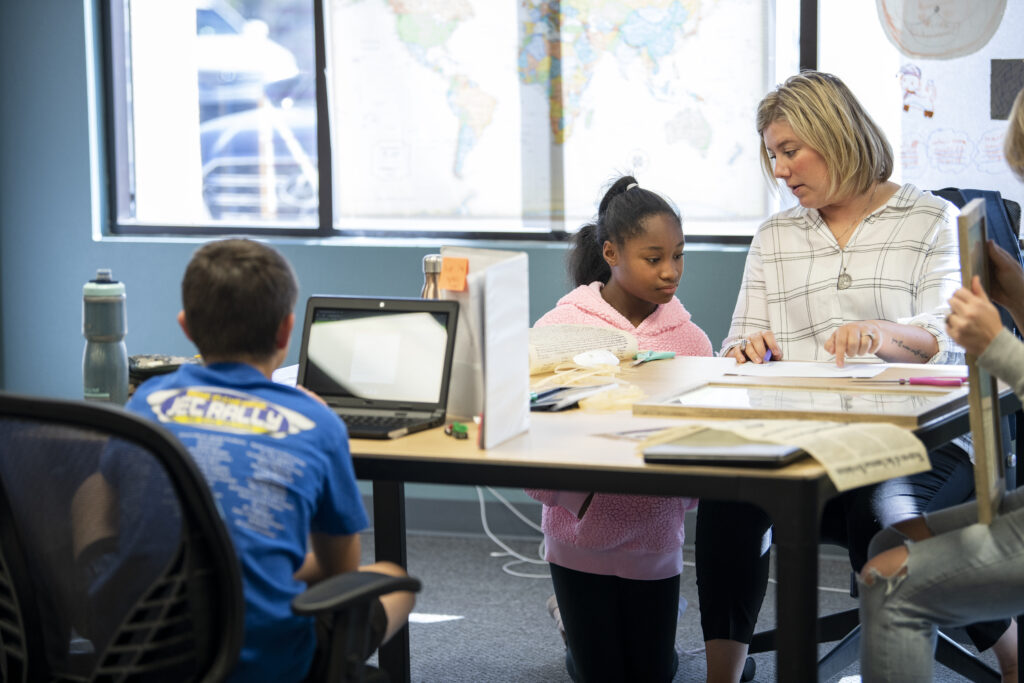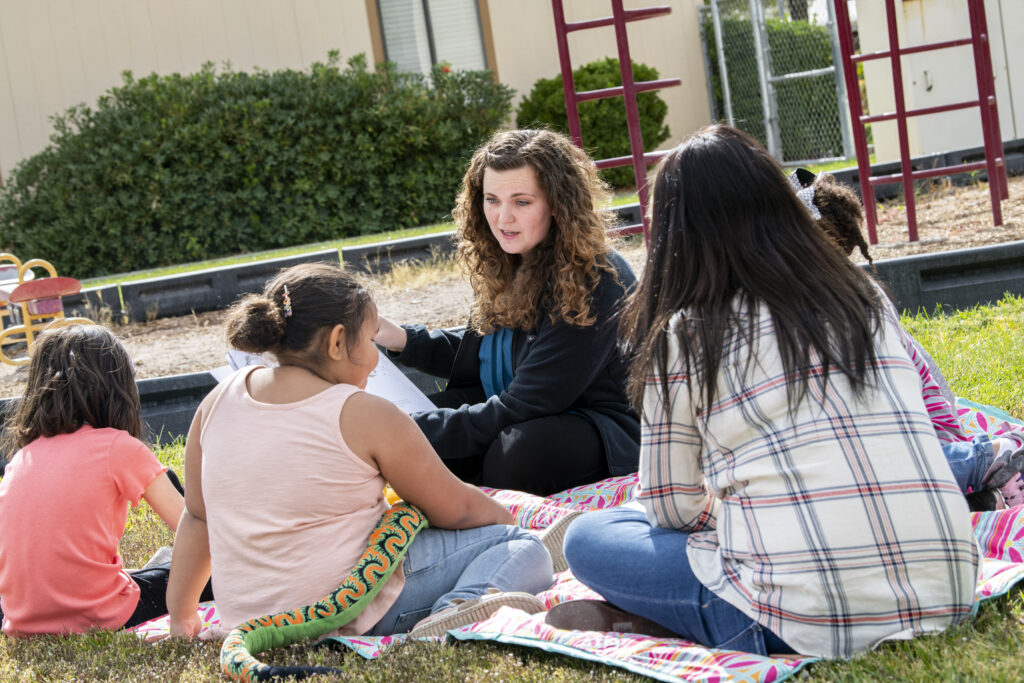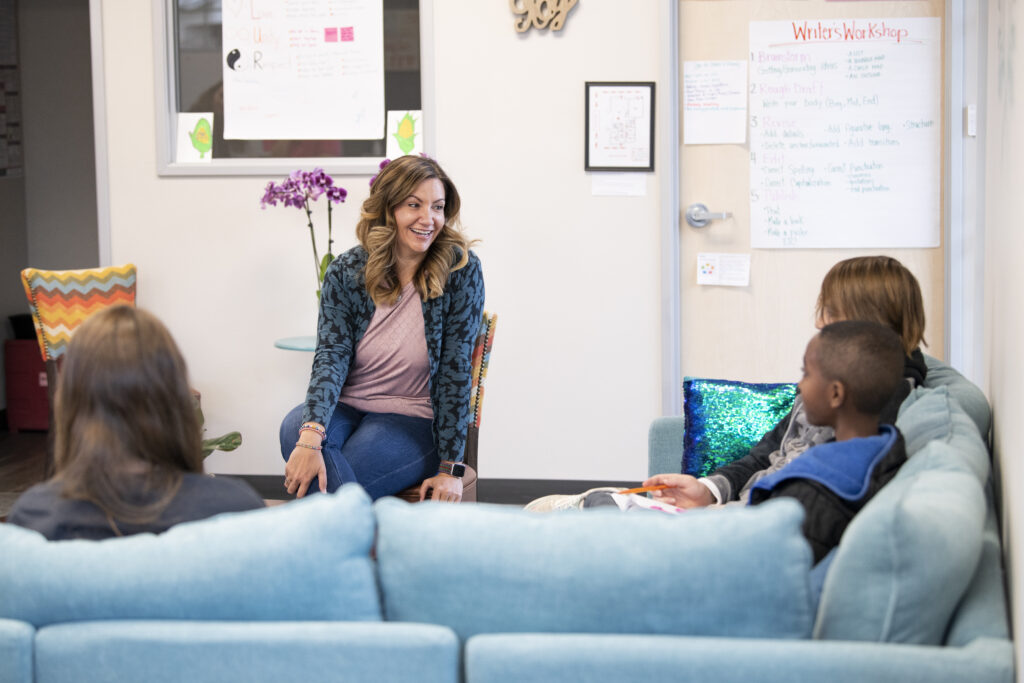7 ways to improve the quality of education in the U.S.

The American education system has long been criticized for its one-size-fits-all approach. While considerable investments have been made in the system, academic achievement among American students continues to fall behind their global counterparts. There is a need for a paradigm shift in the education landscape, one that uses personalized learning, student empowerment, comprehensive teacher training, and alternative schooling models as the key ingredients to enhance the quality of education in the United States.
The current state of the U.S. education system
The U.S. education system is facing numerous challenges. The standardized, one-size-fits-all approach often fails to cater to the unique needs and talents of individual students. This lack of personalization can lead to disengagement and poor outcomes.
To illustrate the gravity of the situation, consider the following statistics:
- Two-thirds of students are disengaged by the 12th grade.
- Despite a 150% increase in per-student spending since 1970, there has been no improvement in K-12 outcomes.
- Only 46% of college graduates feel prepared for the workforce.
- Student loan debt amounts to $1.5 trillion, with an additional $90 billion added every year.
These alarming figures illustrate the urgent need to rethink and reform the k-12 American education system. Below are 7 ways we can do so.
1. Move towards individualized education
The current education system often treats all students the same, ignoring the fact that each learner is unique. This approach is not only ineffective, but also detrimental to students, educators, and society as a whole.
A truly effective education system should be tailored to meet the unique needs and potentials of each student. This means breaking away from the traditional, top-down approach and moving towards a more personalized, learner-centered model of education.

2. Utilize the power of partnerships in education reform
Partnerships play a crucial role in transforming the U.S. education system. By collaborating with a diverse range of stakeholders, Stand Together is helping to build an education system that is responsive to the unique needs and potentials of each learner.
This collaborative approach is breaking the mold of the traditional education system. Stand Together’s partners are working in public schools, private schools, trade schools, and experimental learning models. Stand Together is also working with employers and educators to build tailored training opportunities for all industries and workers.
3. Use success stories
The impact of these reform efforts can be seen in the success stories of students who have benefited from individualized education. One notable example is Jenny Clark, a mother whose children struggled in the traditional public school system due to their dyslexia and dysgraphia.
With the help of the Arizona Empowerment Scholarship Account (ESA), Clark was able to access a dyslexia-specific curriculum and other learning tools tailored to her children’s needs. This transformational experience inspired Clark to found Love Your School, an organization that helps Arizona families discover diverse learning options suited to their children’s unique needs.
4. Empower families through non-traditional education models
A key aspect of improving the quality of education in the U.S. is empowering families to choose the best learning options for their children. Organizations like Love Your School are playing a pivotal role in this process by providing expert advice and advocacy to parents navigating the education system.
Through their ‘Parent-Concierge’ service, Love Your School offers personalized support to families, helping them identify the best education options for their children. These can include tuition tax credits, empowerment scholarships, open enrollment programs, microschools, homeschooling, and many other options, depending on each family’s unique situation.

5. Embrace self-directed learning
Another promising approach to improving the quality of education in the U.S. is self-directed learning, a model of education that allows students to decide their own educational goals, strategies, and needs. The Forest School in Boise, Idaho, is a leading proponent of this approach.
Self-directed learning can help reduce the monotony that many students experience in traditional schools. By giving students the autonomy to decide what they learn and how they learn it, self-directed learning can foster engagement, motivation, and deep learning.
6. Train paraprofessionals to address teacher shortages
The U.S. is facing a critical teacher shortage, with over 280,000 teachers leaving their jobs since the COVID-19 pandemic began. An innovative solution to this problem is to train paraprofessionals or teacher aides, to become teachers.
Reach University, an online nonprofit institution, is leading this effort. The university offers an affordable and flexible curriculum that allows paraprofessionals to earn their teaching degree while working in schools. This apprenticeship model not only addresses the teacher shortage but also provides a realistic pathway for aspiring teachers to enter the profession.

7. Embrace student-run schools
Another innovative approach to improve the quality of education in the U.S. is the concept of student-run schools. One Stone, a school in Boise, Idaho, is a prime example of this model. At One Stone, there are no teachers, only coaches who guide students in their self-directed learning journeys.
This model allows students to design projects based on their personal interests and work with local businesses to gain real-world experience. Instead of traditional grades, students receive ‘growth transcripts’ that reflect their development in areas like goal setting, empathy, and leadership skills.
Education in the U.S: The way forward
Improving the quality of education in the U.S. requires a fundamental shift in our approach to education. We need to move away from the one-size-fits-all, top-down model and embrace individualized, learner-centered education.
With the right strategies and the collective efforts of educators, policymakers, parents, and students, we can create an education system that truly empowers every learner to thrive.
These innovative solutions, from personalized learning to teacher training, student empowerment, and alternative schooling models, provide a roadmap for how to improve the quality of education in the U.S. It’s time to take action and transform our education system for the better.
To learn more about our efforts to improve the education system in the U.S., explore Stand Together’s K-12 education reform efforts.
Additional K-12 education resources
- Access Stand Together’s K-12 Education Landscape Report.
- Download Stand Together’s Education Research Papers.
- Access Stand Together’s Guide To The Best Education Programs.
- Watch Inspiring Back To School Videos.

